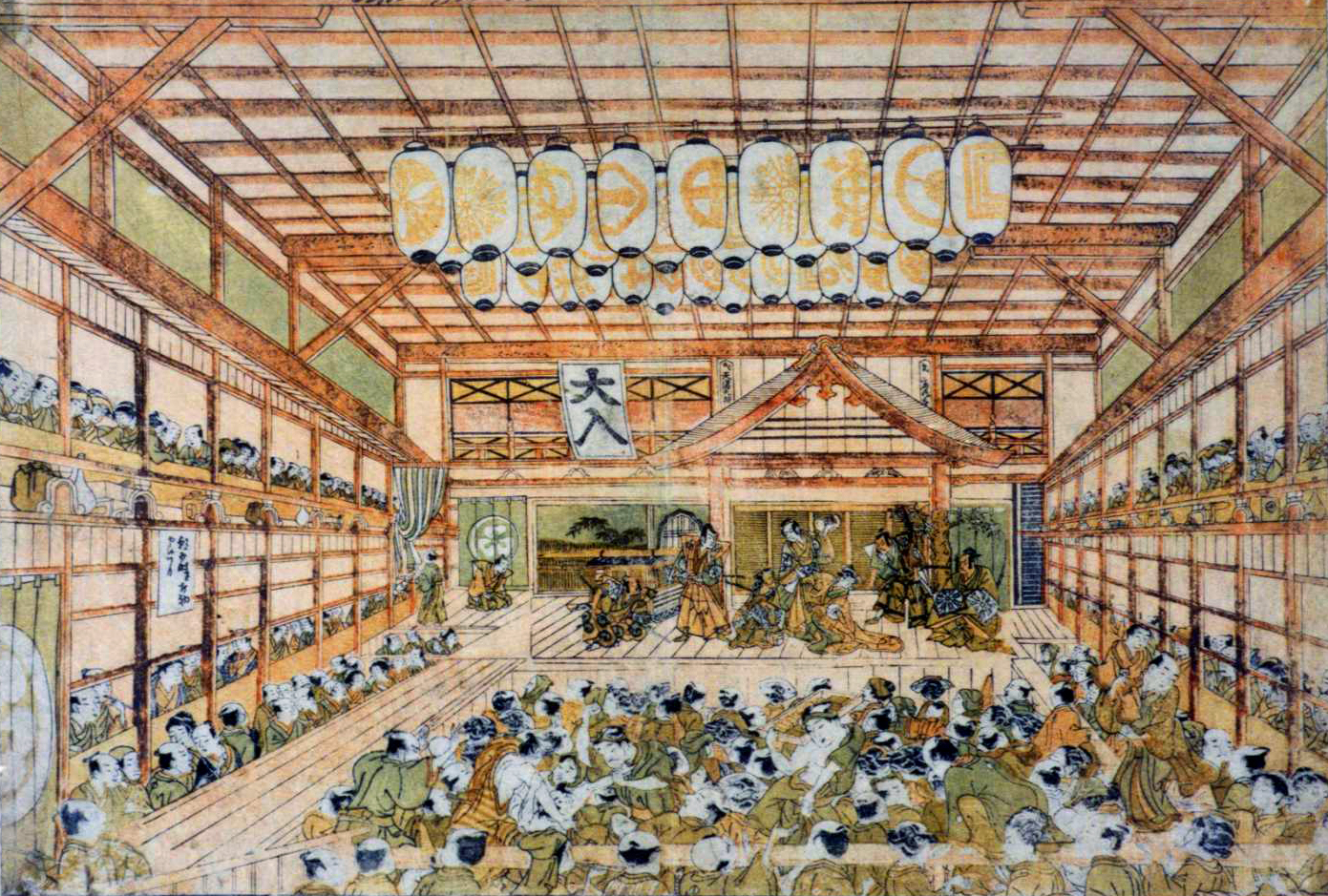Langlois Bridge by Vincent Van Gogh
kjs on 27th May 2022
The Langlois Bridge was one of the crossings over the Arles to Bouc canal in southern France. It was built in the first half of the 19th century to expand the network of canals to reach the Mediterranean Sea. This drawbridge became the subject for four of Van Gogh’s art pieces, one watercolour and 3 drawings in 1988. Van Gogh made this painting when he was 35 years of age.
He was at the height of his career, producing some of the best paintings of his career. Van Gogh made about 200 paintings, 100 drawings and wrote more than 200 letters in less than 15 months. Some of the best paintings on subjects such as sunflowers, fields, farmhouses and people of Arles, Nimes and Avignon areas happened during this period.
There are, in fact, three paintings with similar compositions and subjects. One of the series consisting of three paintings is ‘The Langlois Bridge at Arles with Women Washing’. This is one of Van Gogh’s most loved masterpieces made during his stay in Arles. The painting depicts a little yellow cart crossing the bridge while a group of women in multicoloured attire wash linen on the banks of the river. The other two in the series are ‘The Langlois Bridge at Arles (watercolour)’ and ‘The Langlois Bridge at Arles with Road Alongside the Canal’ (1988).
This was a case of painting in which Van Gogh made intelligent use of different colors and brush strokes to paint the grass, the bridge, sky and river. The use of complementary colors has helped intensify the impact of each color creating a ‘vibrant and colouristically unified whole’.
-

Vincent van Gogh, Public domain, via Wikimedia Commons -

Vincent van Gogh, Public domain, via Wikimedia Commons -

Vincent van Gogh, Public domain, via Wikimedia Commons
Van Gogh wrote in one of his letters to his brother, Theo Van Gogh, stating that “It is the drawbridge with the little yellow cart and the group of washerwomen, a study in which the ground is bright orange, the grass very green and the sky and water blue. It only needs a frame specially designed for it in royal blue and gold, in this fashion the mount blue, the outside moulding gold; if necessary the frame could be in blue plush, but it would be better painted.” He was referring to the painting “Langlois Bridge at Arles with Women Washing”.

Vincent van Gogh’s The Langlois Bridge (1888) – Stretched Canvas

Vincent van Gogh’s The Langlois Bridge at Arles with Women Washing (1888) – Stretched Canvas

Vincent van Gogh’s The Langlois Bridge at Arles with Women Washing (1888) – Stretched Canvas

Vincent van Gogh’s Langlois Bridge at Arles (1888) – Stretched Canvas
Van Gogh worked at the Goupil’s from 1869 to 1873 before being fired in 1876. HermanTersteeg, who was one of his acquaintances, frinds and his supervisor at the Goupil’s, looked after both the Van Gogh brothers in their adolescence. He was supportive and taught them art and literature. He gifted them sketchbooks and paintboxes when he showed an interest in art along with books by Charles Bargue.
His relationship with him later soured, it is said, due to Van Gogh’s relationship with Sien Hoornik, a woman who he thought was not to be associated with. Tersteeg had written to Theo Van Gogh asking him to send him some impressionists, but only those that he thought were the best. Theo sent him Vincent van Gogh’s painting of the Langlois drawbridge. Van Gogh also had some ideas about the frame that would go well with the painting of bright blue and yellow. In his letter to Theo, he predicted that Tersteeg would not refuse the picture.
History of the drawbridge
Langlois Bridge at Arles consisted of four oil paintings, four drawings and one watercolour painting. Langlois bridge was named after the bridge’s keeper – Pont de Langlois. The original bridge was replaced by a 45-meter reinforced-concrete arc bridge in 1930. This was done to allow for the passage of heavy convoys. Langlois bridge was blown up by the retreating German forces in 1944.
In 1959, the Fos bridge, which was the only one saved from the German forces, was dismantled. It was acquired by the tourist office in Arles with a view reconstructing it as the Langlois bridge painting. The location did not allow for this. Therefore, it was built away from its original location by a few kilometres downstream on the lock of Montcalde.
Painting style and Influence
His painting was influenced by the Japanese woodcut prints specifically Utagawa Hiroshige’s Sudden Shower on the Great Bridge with subtle colour variation and vitality of the Japanese print and vibrant quality of light in southern France.
A detour – Utagawa Hiroshige and Ukiyo-e

Born Ando Hiroshige in 1797 in the Yayosu Quay section of the Yaesu area of modern Tokyo, Utagawa was considered one of the last great masters of Japanese artform ukiyo-e. After the death of his parents, and as a young boy of 12, he came to be in charge of preventing fires in the Edo (modern Tokyo) castle. He started painting at the age of 14 after studying the art form in Utagawa school under Toyohiro. He began signing under the name of Hiroshige when he was ready. He studied Kano school techniques, western art, and the nanga.
During a trip along the Tokaido route to Kyoto in 1832, he sketched the scenery along the way. On his return back to Tokyo, he produced The “Fifty-three stations of the Tokaido” that contained his best-known prints. This was followed by a printing of the Illustrated Places of Naniwa (Naniwa is modern-day Osaka) and Eight Views of Omi in 1834, Famous places of Kyoto in 1835.
The Sixty-nine Stations of the Kiso Kaido was printed between 1835 and 1842, s 46 prints out of 70 in a joint production with Keisai Eisen, and 118 sheets for the One Hundred Famous Views of Edo was printed about 1848. After his death in 1858, western art forms became more popular.

Ukiyo-e is a genre of Japanese art where artists produced woodblock prints of subjects such as pretty women, Kabuki actors, sumo wrestlers in folk tales, travel scenes, historical depictions etc. Ukiyo-e means pictures of the floating world. Ukiyo-e artworks became ambassadors of the Japanese part to the west during the 18th century. Many famous western painters took inspiration from these prints and incorporated many of their themes in their own art at the time.
His famous works belonged to the Ukiyo–e genre, focussing on beautiful women, actors and other topics. Hiroshige’s prints had multiple impressions of colour on the same area with extensive colour gradation. Hiroshige’s work was studied by not only Van Gogh but also other impressionists such as Manet and Monet.

Western Influence and vice-versa
Later prints were more westernized with the use of printed colour, pioneered by artists such as Okumura Masanobu started to become popular.

Many western painters were influenced by the prints, one of the common themes among them being Bridges.


Nocturne in Blue and Gold: Old Battersea Bridge – James McNeill Whistler, Public domain, via Wikimedia Commons (RIGHT)
The subjects and other variations of Langlois Bridge
Washing women at the canal going about their commonplace work near the Langlois Bridge is one of the most iconic paintings of Van Gogh. The canal had nine wooden drawbridges and five fixed bridges. In other references to the bridge, Van Gogh also mentions sketches he made with other subjects of interest to him.
Some subjects were sailors others were washerwomen. His deep interest in the characters and subtle changes he thought could be made to the versions of the paintings – bright orange, grass very green, the sky and the blue water are notable features he mentions in his letter to Theo.






